Paul Sterry writes: For the 2020 Competition cycle Bird Photographer of the Year has introduced a new Conservation Documentary Award. Photographers are invited to submit 3-6 images along with accompanying text (in the form of extended captions) to tell a compelling story about a bird-related conservation issue. The BPOTY team is thrilled that our fearless friend Mark Avery and legendary conservationist Mark Carwardine have both agreed to help judge the award. They will be looking for a cohesive set of images that show tenacious and innovative story-telling in a photo-journalistic style.
For more details about the requirements of this new award and about Bird Photographer of the Year, please visit https://www.birdpoty.co.uk/
To give potential entrants an idea of what Bird Photographer of the Year is looking for, here is an example of what might make a suitable entry for the BPOTY Conservation Documentary Award.
Title: On Hearing the First Cuckoo in Spring.
Introduction: The Cuckoo is arguably the UK’s most familiar summer visitor but according to the British Trust for Ornithology since the early 1980s numbers have declined by a staggering 65%. If Frederick Delius were alive today and living in southern England he might soon have to compose a new tone poem ‘On hearing the last Cuckoo in Spring’ to reflect this downward trend. The reasons for the Cuckoo’s woes are unclear but BTO research is helping unravel the story and identify potential factors.
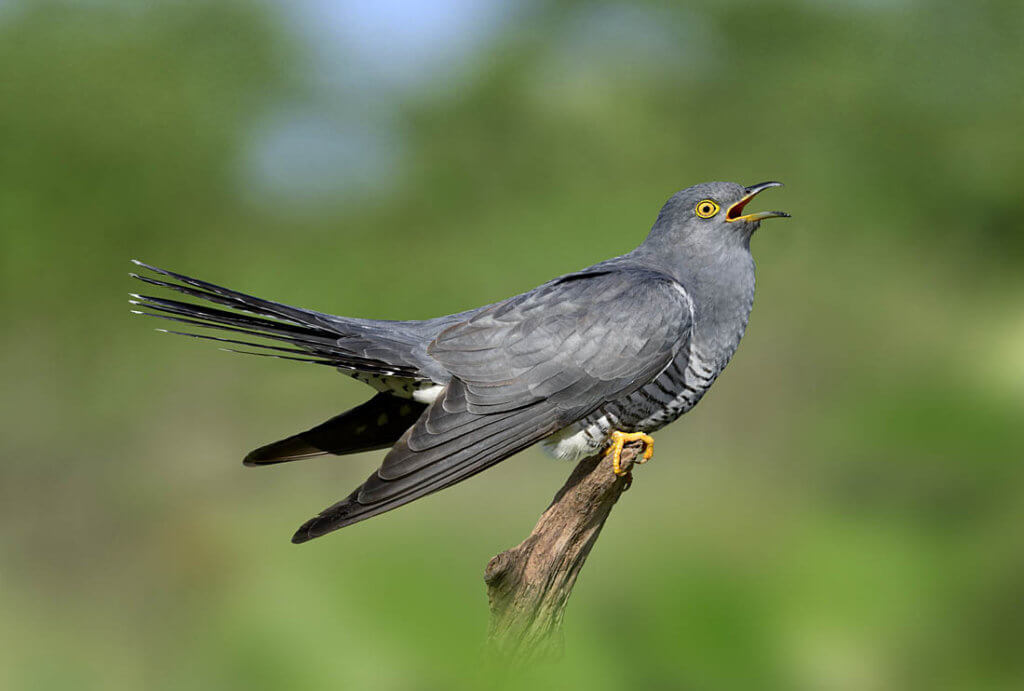
Image 1, extended caption: Having spent the winter months in Africa, Cuckoos arrive back in the UK from mid-April to early May. The first job of a male is to advertise his presence with the iconic and onomatopoeic song; once widespread and familiar nowadays this is an increasingly noteworthy sound in southern Britain away from a few Cuckoo hotspots.
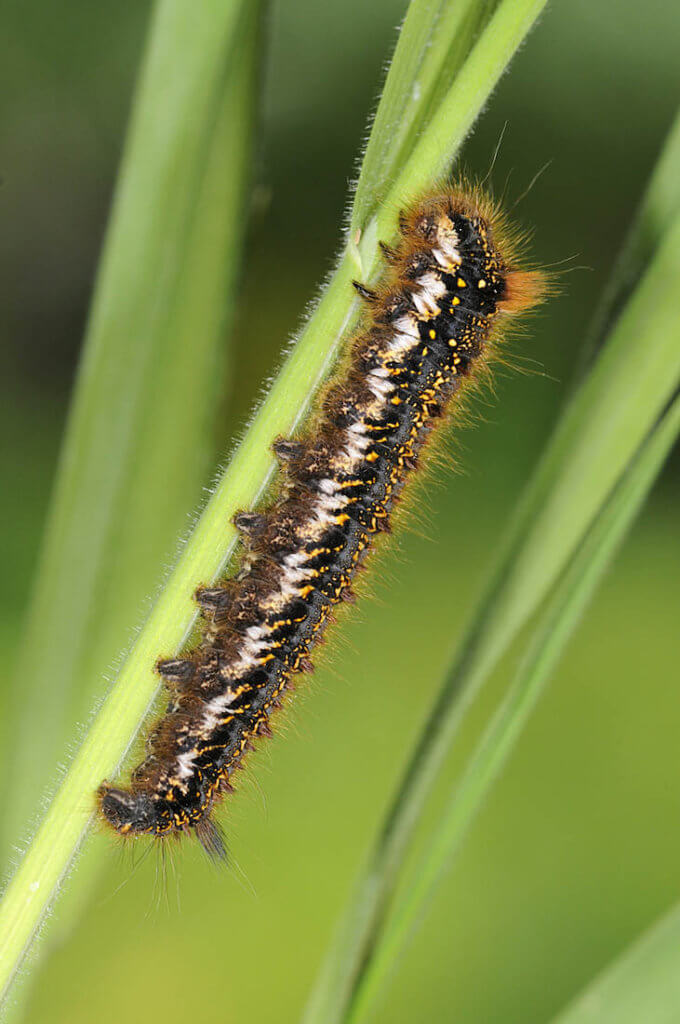
Image 2, extended caption: Hairy caterpillars feature heavily in an adult Cuckoo’s diet because they can cope with the irritant bristles that deter other bird species. However, moths such as the Drinker Euthrix potatoria, whose larvae by rights should be an important food source in southern England, appear anecdotally to have declined significantly in recent years. The caterpillars feed on coarse grasses in damp, agriculturally ‘unimproved’ meadows. It is hard to imagine that habitat degradation (through land drainage, herbicide application and rank grass seeding, for example) has not played its part in the moth’s downfall with a knock-on effect on species that consume them and their distribution. In southern England at least, away from nature reserves and heathlands, you have to wonder what on earth can adult Cuckoos find to eat these days?
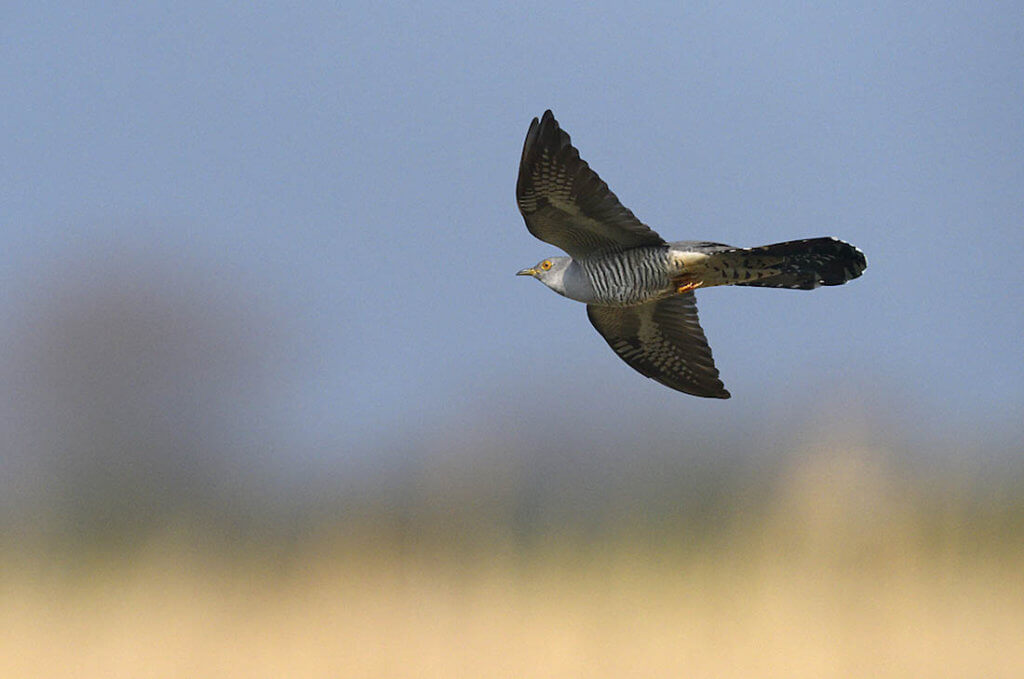
Image 3, extended caption: Cuckoos are nest parasites and have evolved to time their migratory arrival in the UK to match the breeding season of host species. The main targets for egg-laying here are Meadow Pipit, Dunnock, Pied Wagtail and Reed Warbler. Individual birds tend to be species specialists: for example, those raised by a Reed Warbler are likely to return to reedbed habitats and in turn target Reed Warblers for nest parasitism.
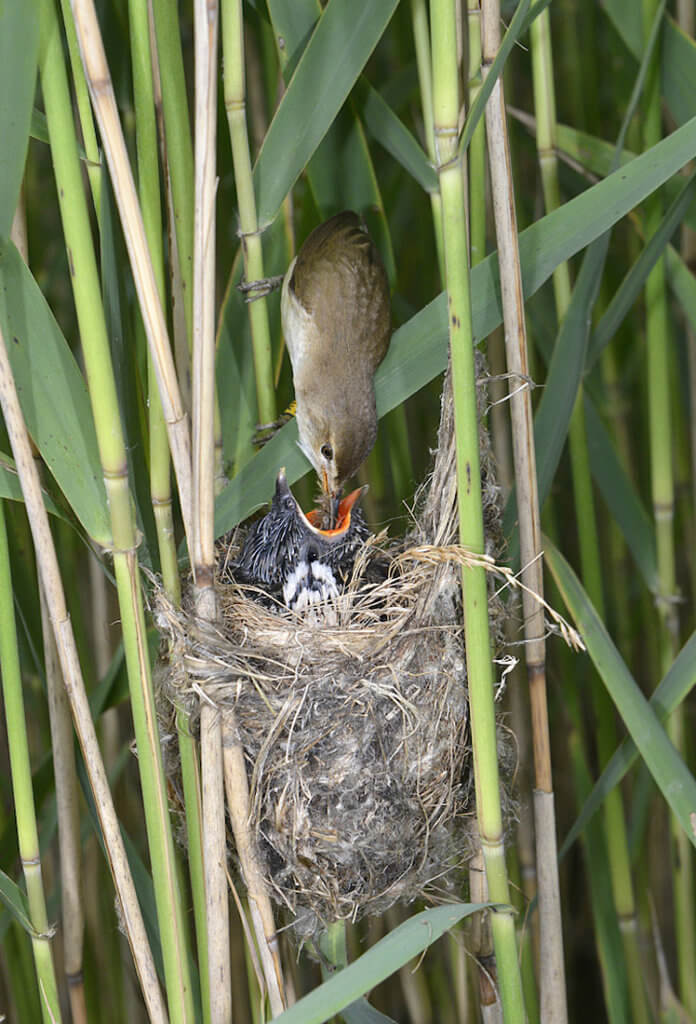
Image 4, extended caption: In response to global warming the average breeding seasons of Dunnock, Pied Wagtail and Reed Warbler have shifted forward by about 5-6 days in recent decades according to BTO research. There was an understandable fear that if the timing of Cuckoo migration did not match the pace of change it would adversely affect their breeding success. However, it appears phenological changes may not be a root cause of the Cuckoo’s decline and in fact earlier Reed Warbler breeding may actually be a benefit. These conclusions have been drawn from years of extensive research undertaken by the BTO, including staff member Dr Dave Leech who helped with the capture of this image.
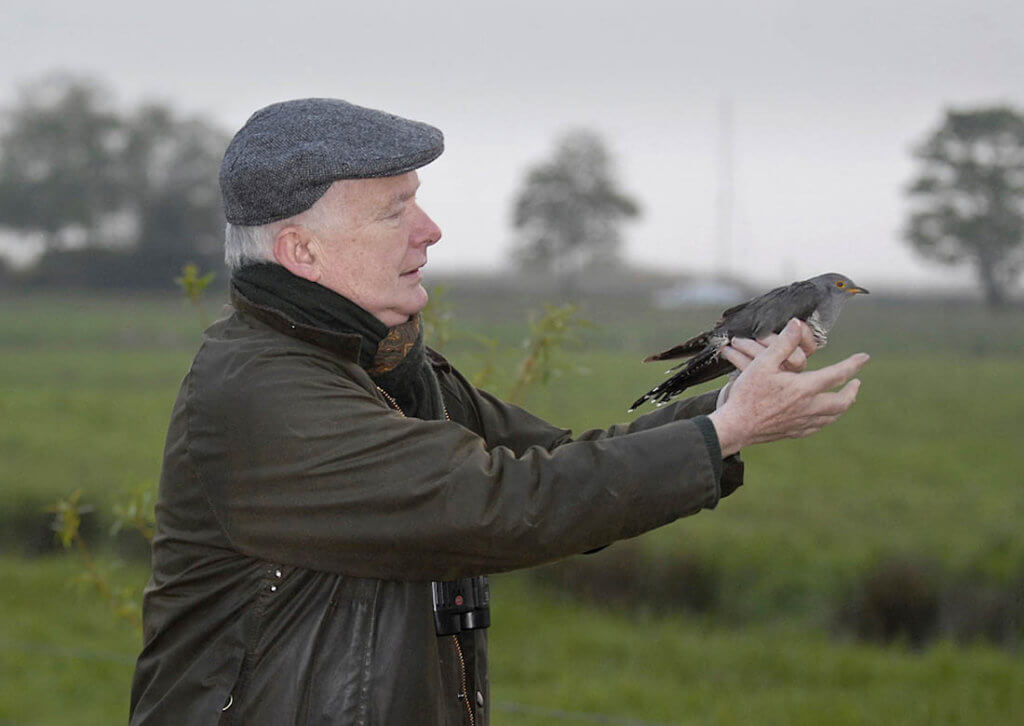
Image 5, extended caption: Since 2011 the British Trust for Ornithology has been satellite-tracking Cuckoos to monitor their migration routes and discover where precisely they go in winter. The results have been informative and revelatory in equal measure. Here, journalist Mike McCarthy releases a bird named ‘Clement’, one of the first satellite-tagged Cuckoos to participate in the project. Photo © Andy Clements.
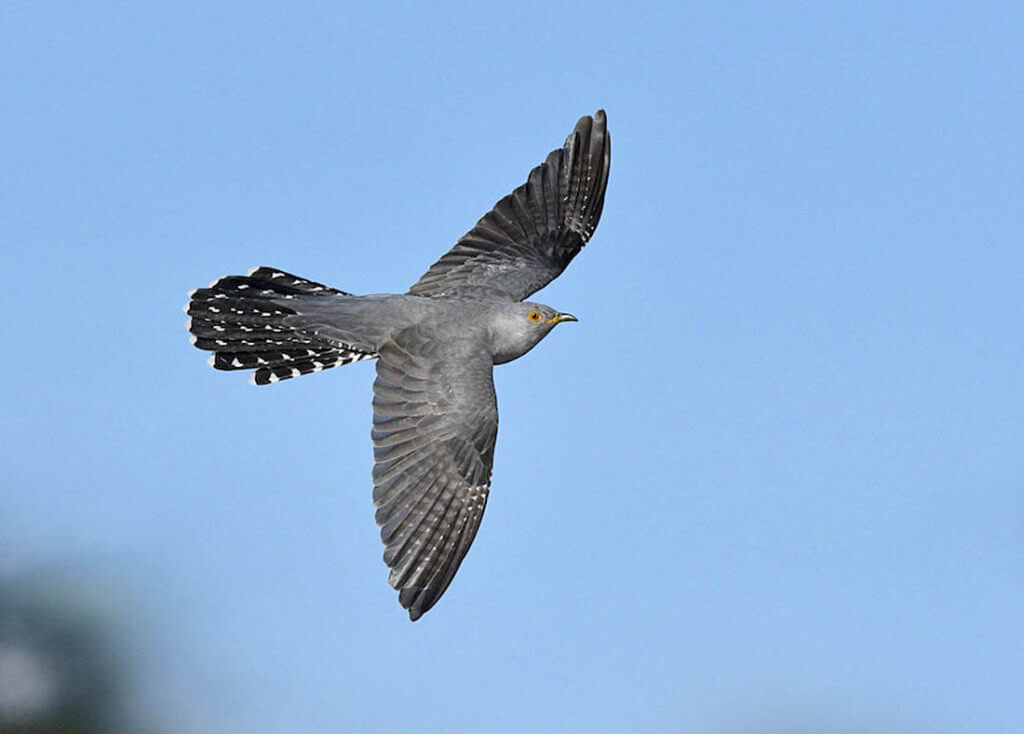
Image 6, extended caption: An evaluation of BTO research to date strongly indicates that factors affected by climate change influence the success or otherwise of migration. Satellite tagging suggests that potentially unpredictable drought-ending rains (produced by a weather system called the Inter Tropical Convergence Zone) have a profound effect on birds as they leave the Congo rainforest and begin their migratory journey back to northwest Europe via west Africa. So it looks like a range of factors may be at play: habitat loss and degradation affecting where Cuckoos occur at the local level; and climate change impacting the population as a whole.
If you would like to find out more about this inspiring new award and enter the competition please visit https://entries.birdpoty.co.uk/
[registration_form]